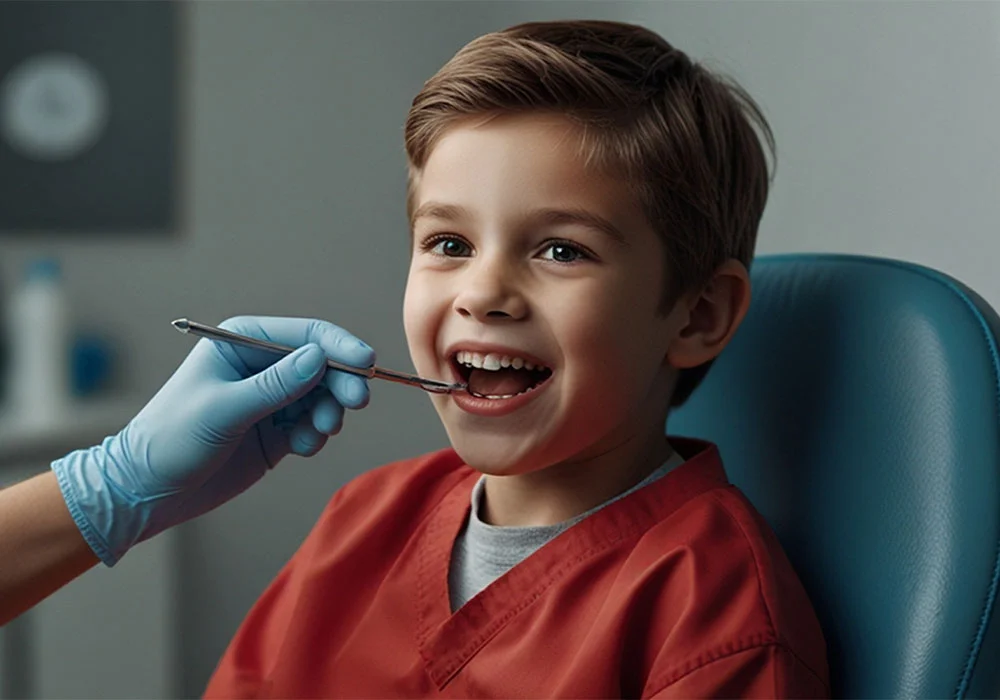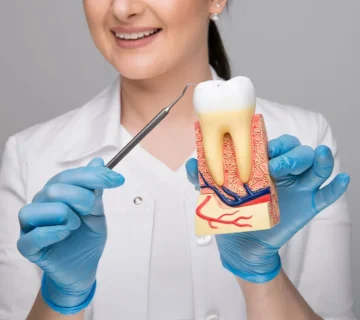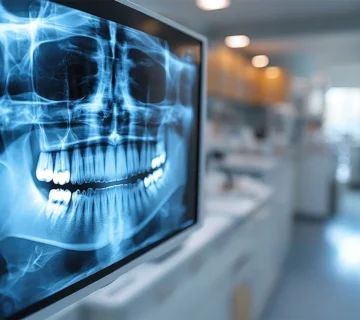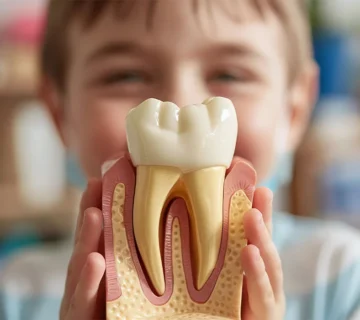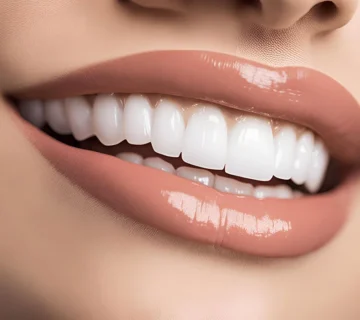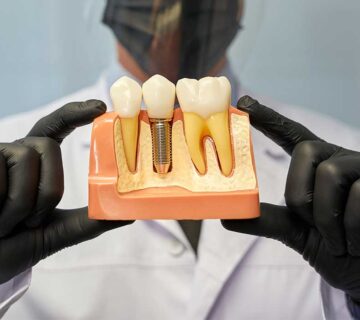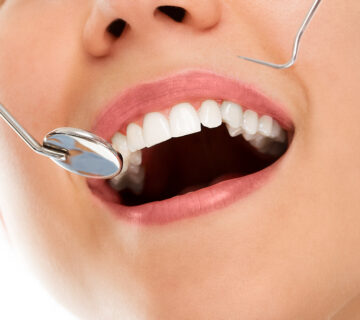Root canal treatment can also be performed on children’s milk teeth. Although milk teeth are smaller and more sensitive than permanent teeth, root canal treatment may be required in some cases. Root canal treatment of children’s primary teeth is generally applied when situations such as deep caries, trauma (impact or fracture), pain or infection are encountered in the tooth.
When is Root Canal Treatment Necessary for Children’s Milk Teeth?
- Deep Caries and Infections: If tooth decay progresses to the inner part of the tooth, called the pulp, the nerves and vessels located there may be damaged and infected. In such a case, root canal treatment is required.
- Tooth Breakage and Trauma: Children can break their teeth as a result of falling or hitting, usually while playing. If the tooth breaks, nerve tissue may be damaged and there may be a risk of infection. In such cases, root canal treatment can be applied.
- Pain and Swelling: Constant pain in children may indicate that the nerves in the tooth are damaged or infected. In this case, root canal treatment may be necessary to relieve pain and treat infection.
- If the tooth needs to stay for a long time: Sometimes the milk tooth has to stay in the mouth until the permanent tooth comes. If the milk tooth will not fall as far as the permanent tooth and there is a problem (for example, deep decay or infection), the tooth can be kept healthy with root canal treatment.
How is Milk Tooth Root Canal Treatment Done?
Root canal treatment for primary teeth is usually performed as follows:
- First Examination: The dentist examines the child’s teeth and decides whether root canal treatment is required. X-rays may be taken at this stage.
- Anesthesia: Local anesthesia is applied to ensure that children are comfortable. This ensures that the child does not feel pain during the procedure.
- Cleaning the Canal: The infected tissue is removed by entering the tooth and the canal is cleaned. Since the roots of milk teeth are smaller, the process usually takes less time.
- Filling the canal: The cleaned canal is filled with a special material. This prevents the infection from recurring and protects the tooth.
- Temporary Filling: After root canal treatment, the tooth is closed with a temporary filling. A permanent filling or crown can be made depending on the structure of the tooth, but temporary treatment is usually sufficient since milk teeth will fall out after a short time.
Advantages of Primary Tooth Root Canal Treatment
- Tooth Protection: With root canal treatment, the milk tooth can be protected and the child’s proper chewing function can continue. At the same time, if the tooth remains intact, it may affect jaw development.
- Pain Relief: Root canal treatment relieves pain and infection in the tooth and improves the child’s quality of life.
- Preventing Early Loss: If a baby tooth is lost early, it can prevent permanent teeth from emerging properly. With root canal treatment, the tooth remains in the mouth longer.
Challenges of Primary Tooth Root Canal Treatment
- Dissolution of Roots: The roots of milk teeth naturally dissolve over time and the tooth falls out. The roots of the primary tooth that has undergone root canal treatment may also be affected by this process, so root canal treatment may not protect the tooth for a long time.
- Weakening of the Tooth: After the inner part of the milk tooth is cleaned, the structure of the tooth may weaken. For this reason, it may be necessary to make a protective crown or crown on the primary tooth that has undergone root canal treatment. However, milk teeth will not last as long as permanent teeth.
- Short-Term Solution: Since primary teeth will eventually fall out, root canal treatment only provides a temporary solution. It is done to ensure that the tooth remains healthy until it falls out.
Root canal treatment can be performed on children’s milk teeth, and when necessary, this treatment is very useful to save the tooth, relieve pain and prevent infections. Root canal treatment is generally applied to protect the child’s oral health and maintain chewing function. However, since the milk tooth will eventually fall out, root canal treatment usually offers a temporary solution and does not have a negative impact on the development of the permanent tooth.
If your child has a problem with a baby tooth and you have doubts about whether root canal treatment is required, you can create the most appropriate treatment plan by consulting with the dentist.

